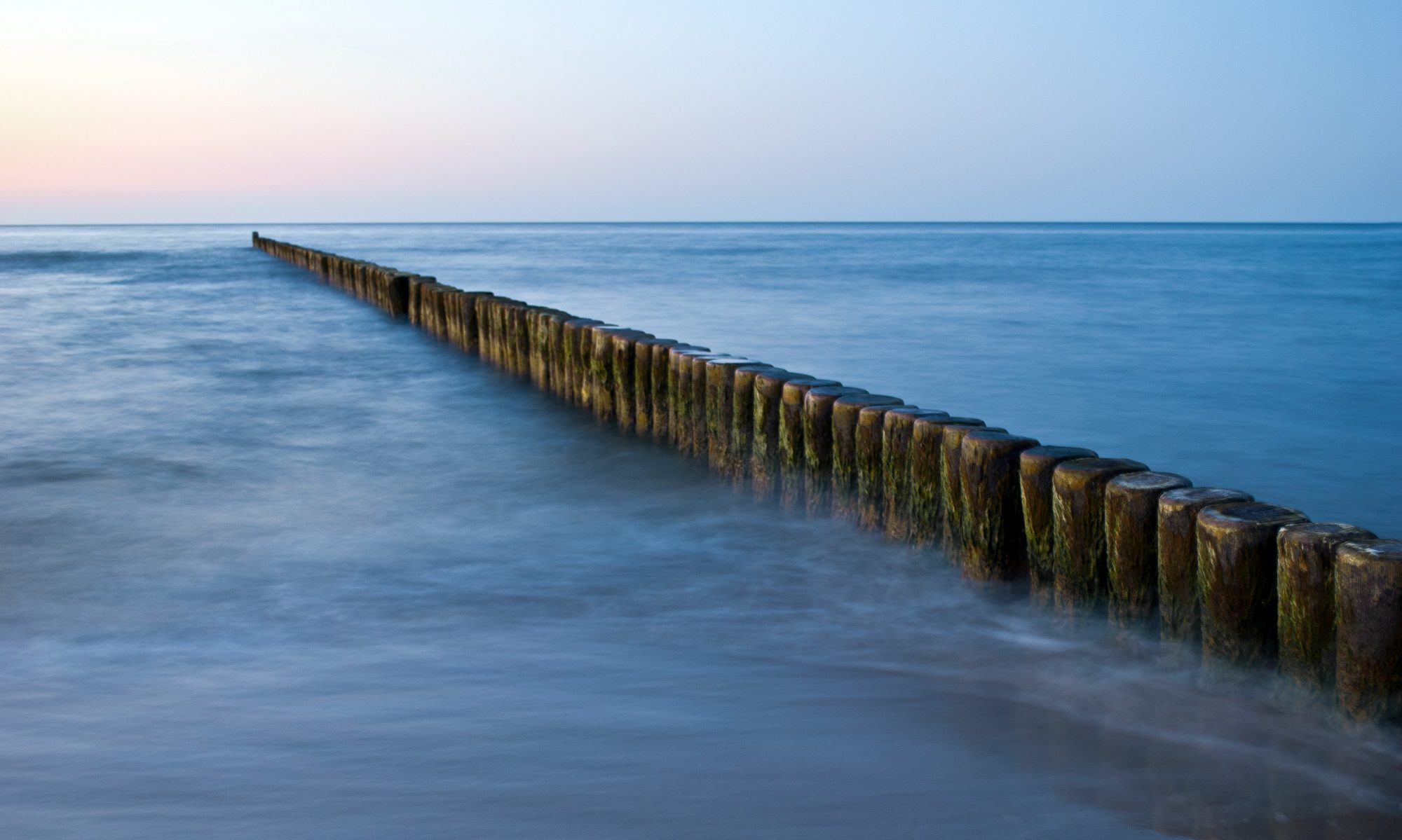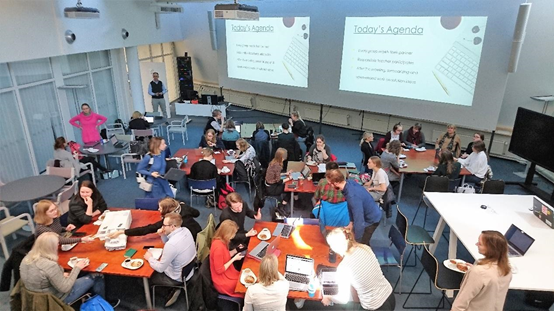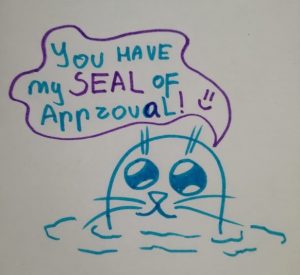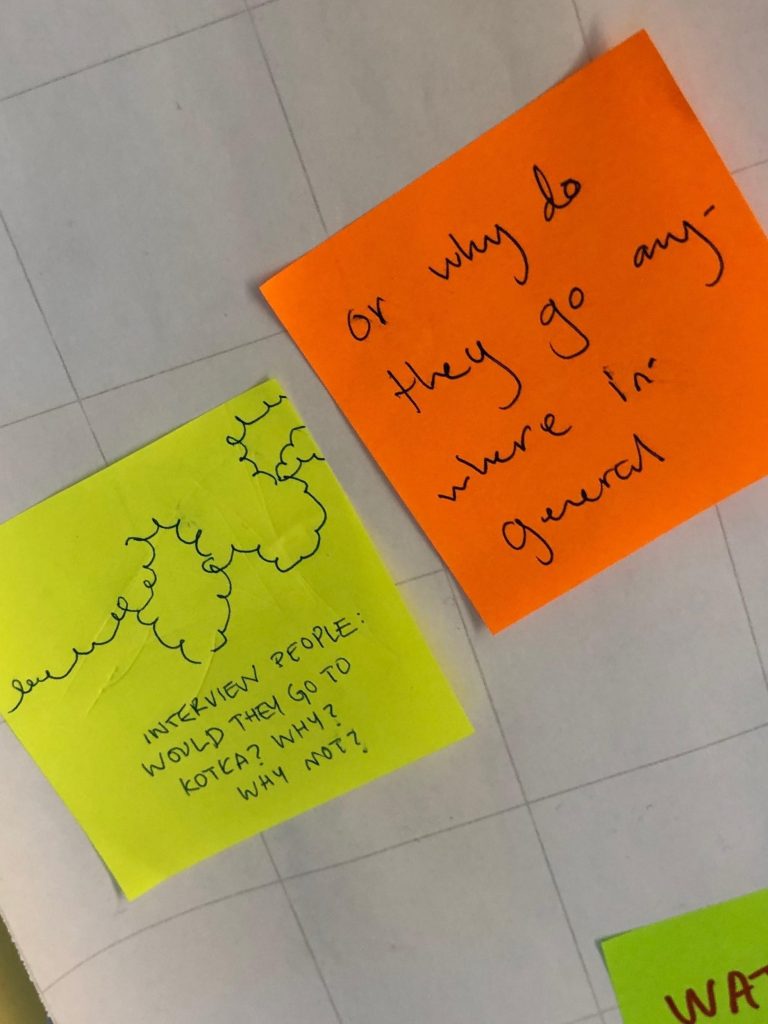A look into our week of information gathering…
Hello there! Here is AquaBusters team providing you this week’s blogpost.
This one will probably be a little special. As no workshop happened on Wednesday 27th, we decided to give you a little insight into our week that has been dedicated to collecting information that will help us solve our problem.
Talking about our problem, we have been working on understanding and analysing it for 3 weeks now and we came up with this formulation: How to increase the usage and knowledge of the Espoo waterfront: Rantaraitti, according to the SDGs?

Map of the Espoo waterfront: Rantaraitti. Source: by Antti Vettenranta on Espoo Liikkuu.
We began our week by meeting with our partner, Elina Wanne from the city of Espoo, in Espoo. It was an enriching meeting as Elina introduced us to one of her colleagues, who is an environmental expert. She could give us very interesting facts about the local flora and fauna in Rantaraitti. Elina and Sarah also helped us to refocus our problem by targeting it mainly towards Espoo residents.
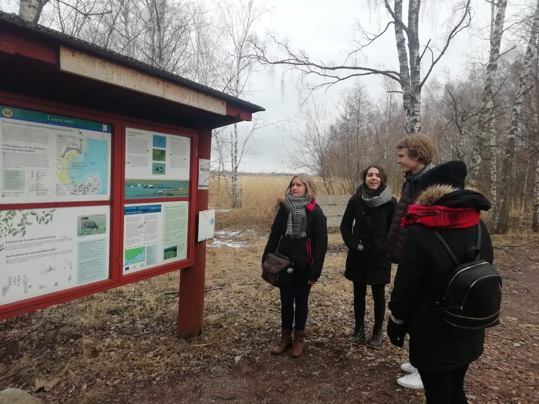
AquaBusters discovering the starting point of the Rantaraitti route: Laajalahti (Photo credits:Elli)
After Monday’s workshop our goal was to collect more qualitative information and contact more experts to strengthen our understanding of the problem.
As a team we discussed who could be the most useful to get in touch with.
The first person that was contacted is a designer for the city of Espoo and she is currently working as a service design and user experience expert in the development team of Rantaraitti.
We thought that she was the person to talk to in order to obtain information about what is actually being done on the waterfront so that our solutions will add-on and not “overlap” theirs. Elli contacted her at the end of the week.
What did we learn? Well, a lot is being done already, especially in the upcoming months. We learnt about a project called Perille-asti whose primary goal is to improve the boat connections to the Pentala Island and around Rantaraitti. She also informed us that a new application, Tripsteri, is in development. They intend to make it an interactive source of information about nature and the environment in Rantaraitti. Finally, she discussed different new events happening around the waterfront such as cleaning events, organised by the boat club and the “opening of summer” that would be an action-based event. They see these events as a good way to attract people to Rantaraitti.
The second person, or more exactly type of person, we thought about was Espoo residents. Indeed, they are our main target in this challenge so getting in touch with some of them and gathering a general idea of what they think/know about Rantaraitti seemed obvious.
Riikka and Marie-Claire know some Espoo residents, so it was a good place to start with. They could ask them some questions about Rantaraitti. Most of the questions were related to their usage and knowledge of the place and also its potential future.
What did we learn? It was surprising to learn that one person who has been living in Espoo their whole life doesn’t know what Rantaraitti is… There is definitely a knowledge/communication gap that needs to be filled there!
Other residents from Espoo, who know about Rantaraitti, describe it as a peaceful and natural place, with great views. It seems particularly appreciated as a jogging and exercising area. It is also appreciated by families to spend time outside with the kids.
Some resident suggested that the area could be provided with more grilling places to enjoy evenings there.
People seem to be attracted by the nature and do not want this aspect to change. They love a natural Rantaraitti and want it to remain that way. They are open to have measures or actions to protect the area from pollution (e.g. educating youngsters about the importance of not throwing anything in the nature or taking part in cleaning events).

The route starts with a protected area, popular among bird watchers. Photo credits: Marie-Claire
Still on our quest for information, we thought about contacting an expert in marketing and communication since we uncovered that part of our problem was the result of a lack of knowledge surrounding Rantaraitti.
Therefore, Ville-Pekka contacted a Digital Marketing Specialist for St1 Oy. She provided us with good information on the marketing and communication efforts surrounding what is currently happening in Rantaraitti.
Finally, Marie-Claire decided to reach out to Natura Viva Oy, a company that organises outdoor activities such as shore excursions and group tours in popular places such as Nuuksio or Vuosaari. We thought it would be interesting to ask them how they manage to increase the pressure of visitors while barely altering the natural areas. We questioned them about their strategy to attract people’s interest in the first place. We also thought it could be interesting to have their professional point of view directly regarding Rantaraitti and environmental awareness.
We are waiting for them to get back to us.
So, no workshop this week but still a pretty fruitful week of personal work, good job AquaBusters!
As a team we discussed how, given all the information we collected, we are still struggling a little to properly identify the problem. It looks like a lot is already being done to solve it and our solutions will have to take into account everything that’s already in the process… But hey! AquaBusters are resourceful and we won’t give up!
I will conclude this blogpost with a quote from a great man we all love and respect in France:
“Persévérer, secret de tous les triomphes“, let me translate:
“Perseverance, secret of all triumphs”
-Victor Hugo
Brought to you by Estelle, French spirit of AquaBusters.
